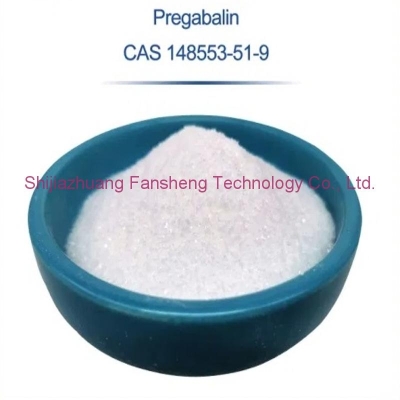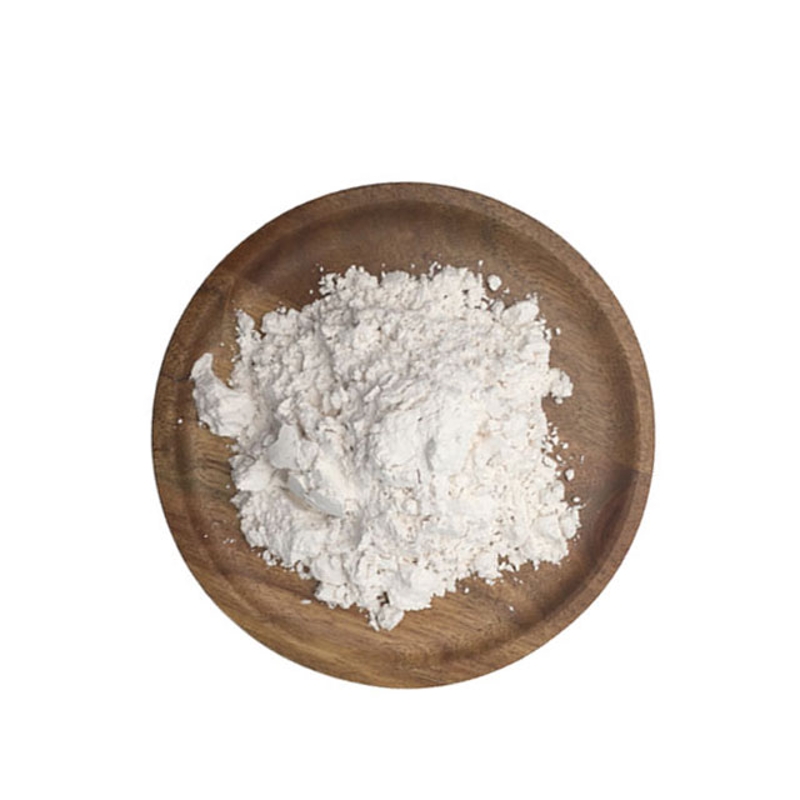-
Categories
-
Pharmaceutical Intermediates
-
Active Pharmaceutical Ingredients
-
Food Additives
- Industrial Coatings
- Agrochemicals
- Dyes and Pigments
- Surfactant
- Flavors and Fragrances
- Chemical Reagents
- Catalyst and Auxiliary
- Natural Products
- Inorganic Chemistry
-
Organic Chemistry
-
Biochemical Engineering
- Analytical Chemistry
- Cosmetic Ingredient
-
Pharmaceutical Intermediates
Promotion
ECHEMI Mall
Wholesale
Weekly Price
Exhibition
News
-
Trade Service
*Only for medical professionals to read for reference.
October 29, 2021 is the 16th World Stroke Day.
The medical profession and the "Huashan Hospital Neurology" will take you to understand these things
.
In recent years, the incidence of stroke in China has shown a younger trend
.
According to the data of the stroke prevention report, the average age of onset of stroke patients in China is about 65 years old, which is lower than the 75 years old in developed countries.
"Youth stroke" has become an increasingly common type of stroke
.
Compared with elderly patients, the etiology of young stroke patients is more complicated
.
In addition, because these patients have a longer life expectancy and a higher disability rate, they will have a huge burden on individuals, families and society
.
October 29, 2021 is the 16th "World Stroke Day".
This year's theme is "Be alert to stroke symptoms, identify and treat as soon as possible".
In response to the call, the "medical community" and "Huashan Hospital Affiliated to Fudan University" launched a series of activities.
In this "Huashan Master Stroke Talk" column, we talked to Professor Han Xiang from the Huashan Hospital affiliated to Fudan University to have an in-depth discussion on the prevention and treatment of young people's stroke
.
Youth stroke, the definition interval is expanded to include ischemic stroke and hemorrhagic stroke, among which ischemic stroke is more common
.
Professor Han Xiang introduced that the current international definition of stroke in young people is not clear, and the definition of age is mainly unclear
.
Generally, we define the age of young people with stroke as between 18-50 years old, but some also define it as 55 years old or under 65 years old
.
The reason is that with the improvement of people's quality of life and the improvement of medical standards, people's life expectancy has increased year by year, resulting in the continuous expansion of the "youth" range
.
Therefore, the relative number of young stroke patients will increase accordingly
.
The etiology of stroke in young people is complicated and needs to be broadened.
Professor Han Xiang mentioned that the cause of stroke in young people is more complicated than that of old people
.
Among them, premature atherosclerosis and traditional risk factors for vascular disease are still the most common causes of stroke in young people and need to be considered first
.
In addition, arterial dissection, moyamoya disease, and some heart causes including patent foramen ovale, rheumatic endocarditis, atrial myxoma, etc.
are common causes of stroke in young people
.
There are also some young patients who take drugs improperly, resulting in abnormal blood coagulation mechanisms.
For example, women with migraine with aura, if long-term oral contraceptives are used, the blood will be hypercoagulable and eventually lead to stroke
.
Prof.
Han Xiang emphasized, “We should analyze the specific situation and broaden our diagnostic thinking for young people’s stroke
.
” In 2020, a review published on Stroke summarized the common causes and risk factors of young people’s stroke, as shown in the table below.
[1] (Table 1)
.
Table 1 Common causes and risk factors of stroke in young people.
According to Professor Han Xiang, the diagnosis and treatment of stroke in young people should first follow the conventional stroke diagnosis and treatment process
.
To determine whether a patient has a stroke, the principle of "FAST" is commonly used in clinical practice.
F-Face refers to whether one side of the mouth is skewed; A-Arm refers to whether there is limb weakness; S-Speech refers to whether there is slurred speech; T-Time , Refers to time, that is, once you have the above symptoms, you need to race against time to help the patient seek medical attention
.
If you go further, you can refer to the "BE FAST" principle.
This principle emphasizes B-Balance, which refers to loss of balance, balance or coordination, and sudden difficulty in walking; E-Eyes, refers to eyes, sudden changes in vision, and difficulty seeing objects
.
In addition to the general stroke diagnosis and treatment process, there are some special features in the diagnosis of stroke in young people.
For example, young stroke patients can have migraine-like seizures, or start with epilepsy, and often have some acute atypical stroke symptoms.
It is easy to be ignored by everyone
.
Therefore, in the course of our medical history and physical examination, we should be detailed and standardized, so as to find out and diagnose and treat early
.
In terms of treatment, the principles of treatment in the acute phase of stroke in young people are roughly the same as those in elderly stroke, including intravenous thrombolysis and intra-arterial thrombectomy
.
In terms of intravenous thrombolysis, the safe implementation of stroke treatment-International Stroke Thrombolytic Therapy Registry Study (SITS-ISTR) evidence shows that compared with patients aged> 50 years, stroke patients aged 18-50 receive thrombolytic therapy more effectively and The risk of bleeding is smaller
.
In terms of arterial thrombus removal, multiple studies have shown that young stroke patients receiving thrombectomy therapy may have a higher recanalization rate, a good prognosis, and fewer complications
.
It is worth noting that in patients with infective endocarditis, the thrombolytic effect is not good, and in some cases it may even increase the risk of bleeding.
In patients with atrial myxoma or atrial fibrillation, the effect of arterial thrombus removal will be more effective.
Good
.
In addition, Professor Han Xiang emphasized that the key to the treatment of stroke in young people is to clarify the underlying cause through diagnostic examinations and formulate corresponding secondary prevention strategies
.
The specific treatment principles for some special causes of young strokes are as follows: 1.
9%-25% of young strokes meet the criteria for cryptogenic stroke, and long-term antiplatelet therapy is still recommended for secondary prevention; 2.
For cryptogenic strokes with PFO For stroke patients, the risk of recurrence of foramen ovale closure combined with antiplatelet therapy is lower than that of antiplatelet therapy alone; 3.
For dissection-related strokes, if the dissection recovers, antiplatelet therapy can be discontinued after 6 months; 4.
For intracranial artery dissection, if further embolism occurs or the dissecting aneurysm gradually increases, endovascular treatment or surgical treatment is required
.
Simply put, the individualized choice of treatment strategy depends on accurate diagnosis
.
Finally, Professor Han Xiang called on young people to “adjust their work and rest, stay up late as much as possible, eat less greasy, and increase physical exercise
.
These good living habits will have a good preventive effect on the occurrence of cardiovascular and cerebrovascular diseases.
.
"References: [1] George MG.
Risk Factors for Ischemic Stroke in Younger Adults: A Focused Update.
Stroke 2020,51 (3):.
729-735 expert Profile Han Xiang, deputy director of Fudan University Huashan hospital neurologist Vice Chairman of the Youth Council of the Chinese Stroke Society Standing Committee Member of the Neurology Group of the Chinese Physician Association Association of Integrative Medicine of Traditional Chinese Medicine and Western Medicine Standing Committee Member of the Neurology Branch of the Shanghai Association of Integrative Medicine Member of the academic group The first committee of the Stroke Prevention and Control Professional Committee of the Chinese Preventive Medicine Association (SPCS) The young member of the Standing Committee of the Carotid Artery Group of the Chinese Microcirculation Society participated in the second and third prizes of the Shanghai Science and Technology Progress Award, national invention patents and utility New patent







